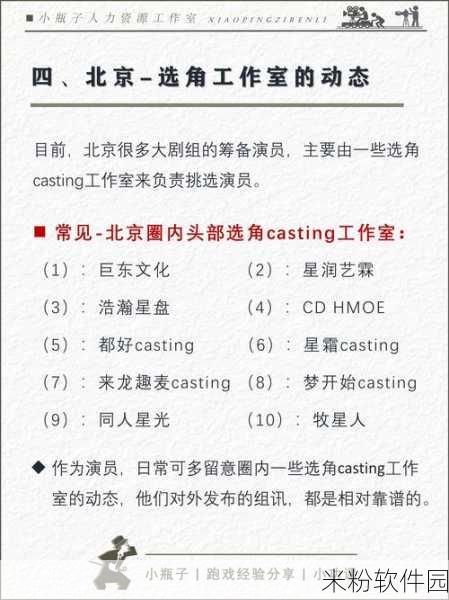高清乱码的现象及其影响
高清乱码,通常指在高分辨率显示设备上出现的不正常图像或文字。这种现象虽然看似微不足道,但却会对用户体验产生显著的负面影响。随着电子产品技术的发展,各类显示器广泛应用于日常生活和工作中,高清晰度表现成为消费者选择的重要标准。然而,当这些屏幕上出现乱码问题时,不仅令观众感到困扰,还可能导致信息传递不畅。
造成高清乱码的原因
多种因素可以引发高清乱码的问题。其中一个主要原因是数据传输错误。当信号从源头发送至显示设备过程中,由于干扰、噪声等问题导致部分信息丢失或扭曲。此外,某些软件与硬件之间缺乏兼容性也会带来这种情况。例如,一款设计用于低分辨率屏幕的软件,如果被强行运行在高分辨率环境下,就容易呈现出模糊不清或者错位的信息。

行业应对此类問題的方法
为了提高用户舒适度并确保信息准确无误,各个行业都采取了一系列措施。在电视和电脑制造领域,加强了质量检测流程,以减少输出过程中的干扰。同时,在软件开发方面,也注重增强程序与不同硬件平台的兼容性。此外,为了提升用户自行解决此类问题的能力,许多公司提供详细使用指南,以及在线支持服务,让客户能够更快捷地找到解决方案。
User feedback and continuous improvement
User feedback serves as an essential component in addressing this issue effectively. Companies increasingly solicit input from users regarding their experiences with products, especially concerning display issues like garbled text or images. Analyzing these reviews can help identify common patterns that lead to the problem, which enables developers to prioritize updates or modifications needed for smoother operation across various devices.

The role of technology advancements
The rapid advancement of technology plays a crucial role in mitigating garbled displays. Innovations such as improved data compression algorithms enhance the accuracy of information being transmitted over networks while minimizing distortion risks. Furthermore, better error detection and correction techniques within transmission protocols enable systems to identify potential faults before they impact end-user experience significantly.
User education on troubleshooting methods
A significant factor contributing to consumer frustration is a lack of awareness about how they can troubleshoot problems themselves when encountering errors like high-definition garbling. By educating users through tutorials, webinars, or informative articles detailing simple fixes—such as checking cable connections or updating drivers—companies empower customers and reduce reliance on customer support services for minor issues.
[2] Tanaka S., Fujimoto T.(2019) Compatibility Issues between Software and Hardware Platforms: Solutions & Recommendations.
This paper addresses compatibility challenges faced by consumers using diverse software applications alongside modern hardware setups.







